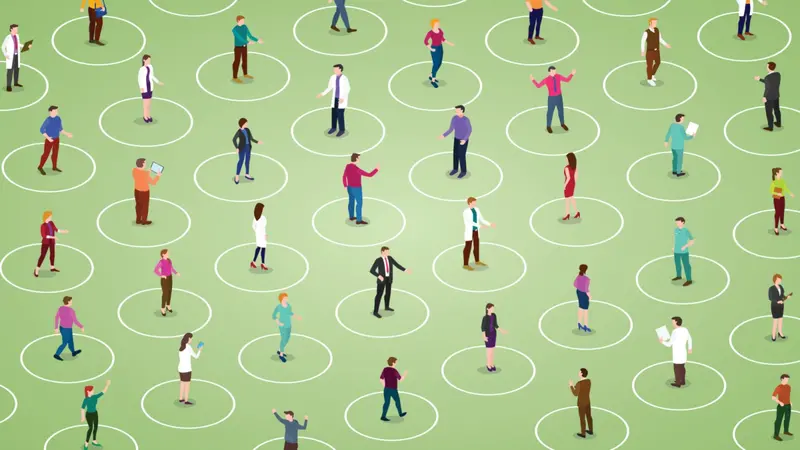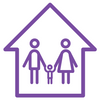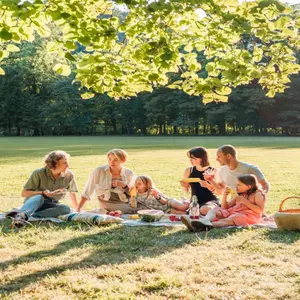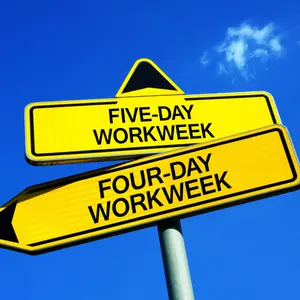

Community

Community
Americans Are Becoming Less Social
This study, published in SSM Population Health, looked at how socially connected people in the U.S. were between 2003 and 2020. Using national time-use data, researchers at the University of Rochester analyzed how different groups of Americans spent their days. They found that over time, people became more socially isolated and spent less time with family, friends, and others like neighbors or coworkers. They also spent less time doing fun or relaxing things with others. These trends got worse during the COVID-19 pandemic, but signs of social decline were already occurring.
Working more hours made it harder for people to stay socially connected. Different groups used their social time in different ways. Young people, in particular, had a big drop in time spent with friends and in companionship. Black Americans had more social isolation and less overall engagement than other racial groups, while Hispanic people had less social isolation than non-Hispanics. Older adults spent more time alone but also more time in companionship compared to younger groups. Women tended to spend more time with family, while men spent more time with friends and in companionship—but men’s social ties weakened more over time. Interestingly, lower-income people were more socially involved with others than higher-income people.


 By
By







